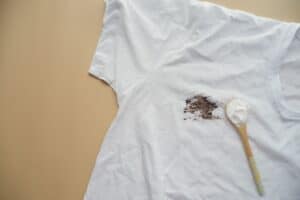Shoe Recycling in Australia
- Common Questions Answered!
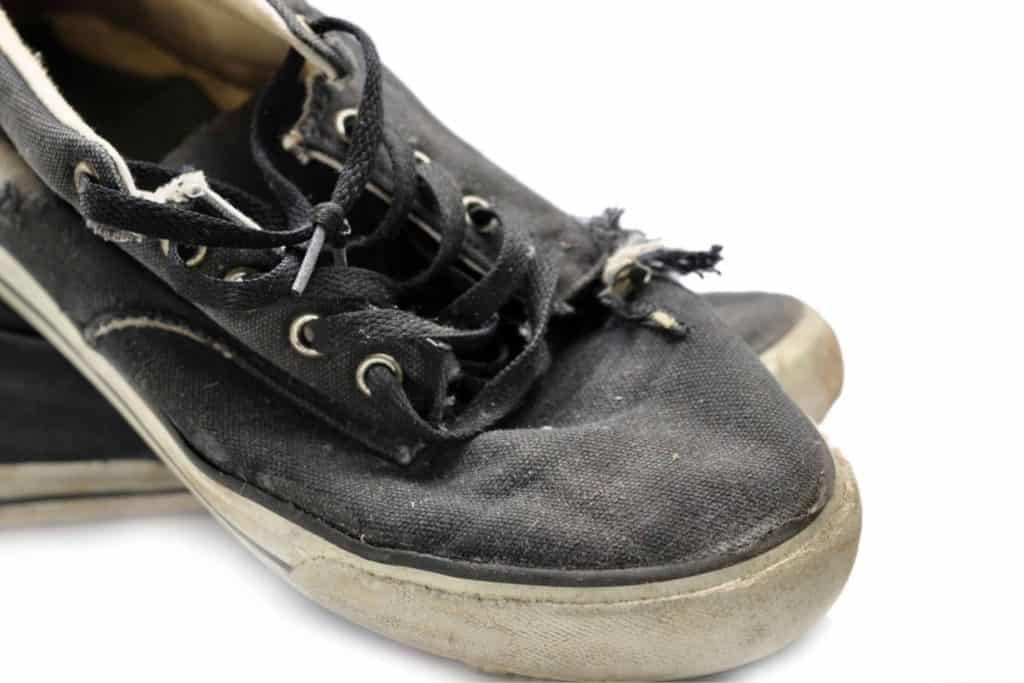
This post was last updated in 2023
- Can slippers be recycled?
- How do you recycle flip flops?
- How do you recycle Crocs?
- Can I recycle my Adidas shoes?
- Can Skechers be recycled?
How do I recycle old shoes in Australia?
Stores that have partnered with TreadLightly include:
- ASICS
-
Converse
-
Frankie 4
- Hype
- Fast Times
- Merrell
- Drummond Golf
- Nike
- The Trybe
- Mac Pac
- Glue Stores
- InterSport
- Shoes & Sox
- ECCO
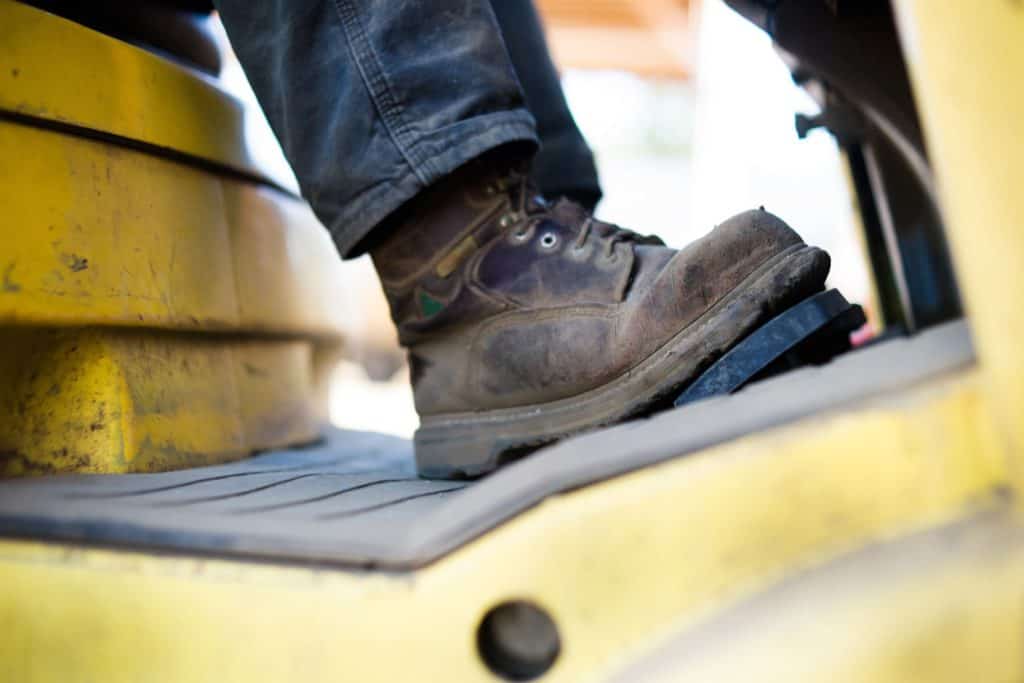
- Pluggers
How do you recycle leather shoes in Australia?
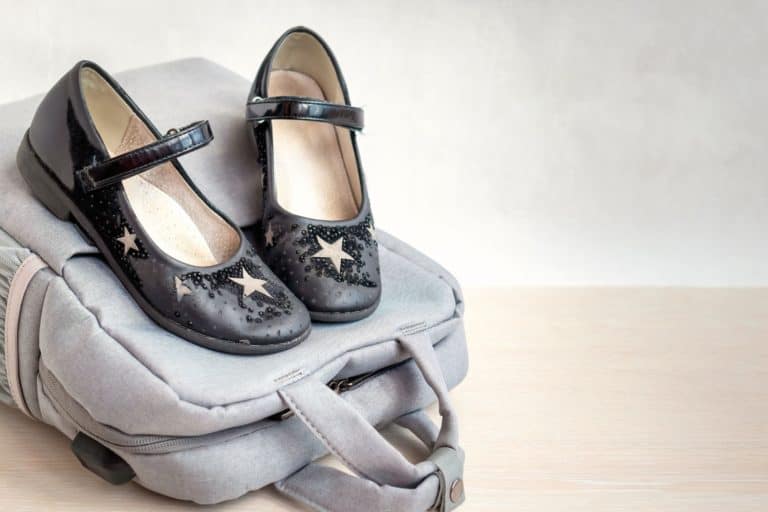
Why are shoes hard to recycle?
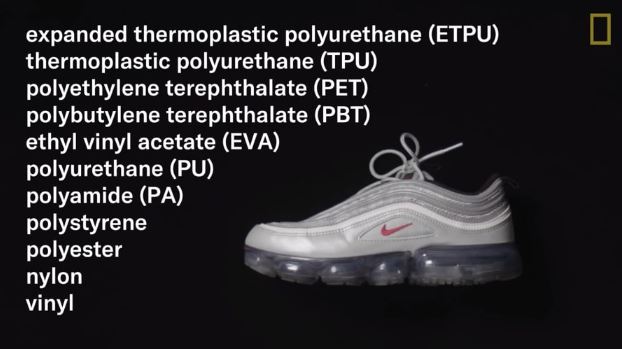
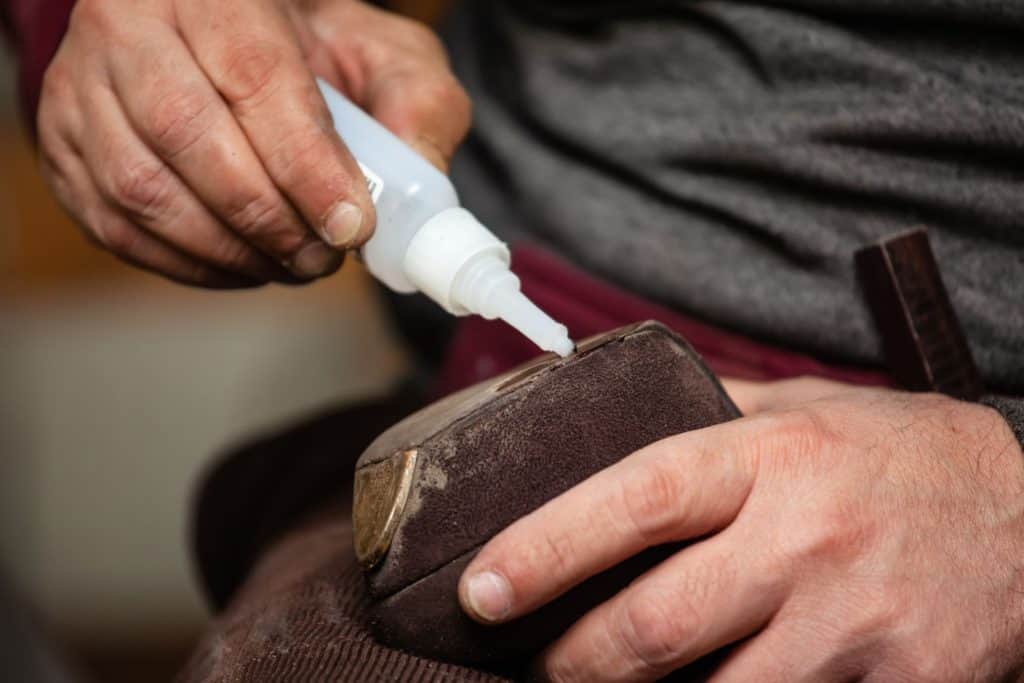
So shoes aren’t something we can chuck into our council bins for council employees to deal with.
Are shoes being recycled?

So the desire to recycle is there – people are just unaware of the options.
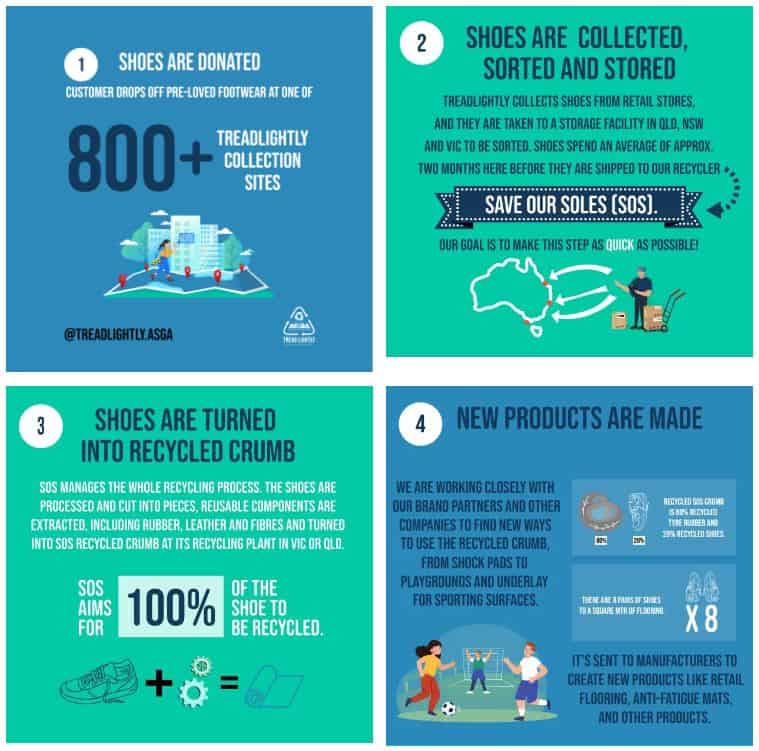
Something similar happens to shoes collected by Upparel.
In Australia, the shoe recycling is an emerging industry, with ongoing efforts to develop effective systems and technologies for processing footwear waste. While shoes cannot be placed in regular recycling bins, various programs, charities, and drop-off locations allow for their proper disposal and recycling.
Related Questions:
Can slippers be recycled?
How do you recycle thongs/ flip flops?
Thongs (or flip flops) can be placed in TreadLightly recycling bins that you can find in selected retail stores around Australia. Alternatively you can send them to Upparel for recycling. And if you have a pair of Havaianas or Pluggers you can take advantage of their free recycling program.
- Other brands of thongs
- Havaianas fabric strap thongs
- Havaianas vegan leather strap thongs

- shred them to use as packing material
- cut pieces can be used as cushioning for table and chair legs
- place sections under large appliances
- use as fishing floats
- glue layers together to use as door stoppers
How do you recycle Crocs?
Can I recycle my Adidas shoes
And don’t write off your sneakers if they are a little beaten up. If you have ever checked out the Sneaker Laundry in Sydney or Melbourne, you will know that it’s possible to bring really beat up shoes back to life again.
If you any sneakers that need to be revived, you can post them across for treatment or you can purchase the Sneaker Laundry cleaning products from their online store.
Can Skechers be recycled?
And refer to the section above for suggestions on selling or cleaning old sneakers – recycling should be the last resort!

